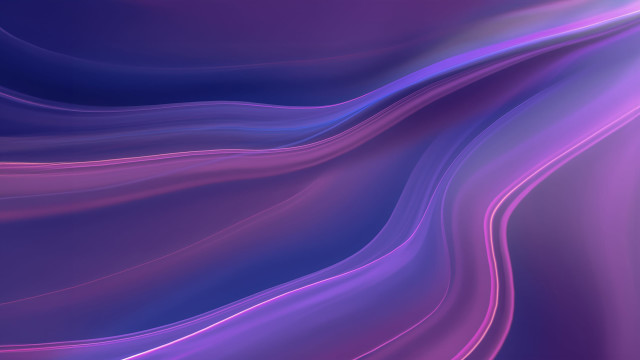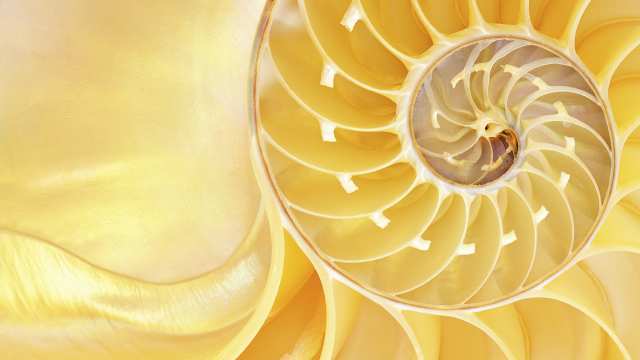7 Benefits of Visualization

"See it happen and then make it happen,” the golf coach told us. Back then, I was among the young brown boys inspired by the rise of Tiger Woods, and we were standing on a putting green with other kids during a weeklong camp experience — with a crisp dollar bill on the line for anyone who could hit a difficult shot.
“See it happen, and then make it happen.”
I couldn’t quite grasp how pretending to sink the putt would help me do it in real life, but I still gave it a try. I closed my eyes, pictured myself lining up the shot, saw myself hit the ball, and watched it travel perfectly into the hole. I opened my eyes, took a deep breath, and tried my best to repeat the experience in reality. Clink. The ball fell, the dollar was mine, and my life was changed.
It was then that I began to understand the power of visualization, a technique I continue to use today. Whether you want to relax, be more innovative, or win a buck from a golf coach, there are many benefits to a visualization practice. Here are seven of my favorites:
1. You Can Put Your Body and Brain into States of Relaxation
Our brains experience imagination similarly to reality, and you can use this to your benefit through visualization. If you don’t believe me, you should sit down right now and close your eyes. Imagine a big juicy lemon and visualize yourself biting right into it — through the skin, right into the sour, yellow interior.
Is your mouth salivating a little bit yet?
Your brain will experience thought and pass that information to your body in a very similar way to experiencing it in real life.
This aspect of visualization makes it possible to calm yourself down at any time. You can use visualization as a tool to calm your body in stressful situations, to release tension while experiencing something painful, or to overcome the mind and body’s natural response when something frightening might be happening.
2. You Can Create Better Outcomes
Visualization can also help you create the best outcome in a future situation. When you can see yourself easily moving through an anticipated moment in the future like a work presentation, social interaction, or creative performance, you’re more likely to experience that situation the way you imagined it.
You can essentially manifest your desired outcome by helping your brain experience it positively before it happens. This makes it easier for your brain to avoid anxiety, nerves, or missteps since you’ve already had a rehearsal.
Creating better outcomes isn’t just about visualizing a situation; it’s also about being your best self. If you visualize yourself a certain way, perhaps looking beautiful with a new haircut or in better shape, this can help with self-esteem and identity. Sometimes we have to practice seeing ourselves in a better light to make room for positive outcomes.
To a certain extent, this is precisely how the placebo effect works. Visualization can have a powerful impact on how some health-related situations play out, from improved medical outcomes to nonmedical experiences like labor and birth. While science may not know the mechanism by which the placebo effect works, it’s well documented that state of mind has a huge impact on the wellbeing of your body.
3. Visualization Is Mystical and Meditative
Visualization can be a very spiritual practice. Precise visualizations and clarity of mind can take you deeper within yourself, facilitating a powerful connection to the sacred. Visualization is a great access point for meditation and can help you move deeper into stillness and connection with your higher power and higher self.
I have frequently used the power of visualization to connect more deeply with my ancestors, cultivating a strong connection to my lineage. This mystical aspect of visualization has given me a deeper connection to myself, and I’ve been able to really tap into the energy of those who came before me and are still guiding me.
Many spiritual practices incorporate a connection with your guides, spirits, and entities not living in human forms that are here to support you in your life and the lessons you need to learn. While this may not be for everyone, this connection to a support system outside of yourself can help you feel more secure and deeply connected to your spirituality.
4. You’ll Never Be Bored Again
To quote an asinine tweet, “If you’re bored, you can simply close your eyes and rotate a cow in your mind. It’s free and the cops can’t stop you.”
It sounds silly, almost childlike, but the truth is that keeping our imagination alive is a path to joy and creativity. Visualization doesn’t always have to be about some higher goal; it can be as simple as entertaining yourself and creating a rich inner life full of wild and fantastic daydreams.
When we use our imaginations and allow ourselves to daydream and play in our minds, we’re also greasing the wheels of innovation. Good ideas come to those who spend time thinking, and thinking doesn’t need to be boring.
5. Visualization Can Help You Learn to Lucid Dream
Lucid dreaming is the experience of being aware of your dreams and making choices while in them, controlling the dream. Some say that lucid dreaming can help relieve nightmares, manage anxiety, or deal with PTSD. I think it’s a fun way to expand our consciousness into new realms, allowing us to live more vibrant waking lives as well.
The use of a specific and consistent visualization before bed can help you reach a lucid dreaming state more quickly. There are additional elements to it, including reality checks that help you determine whether you are in a dream or not. Essentially, this aspect of visualization is similar to how you might manifest an outcome in your waking life, except you’re in a dream state and can control your dreams, experiencing amazing and beautiful dream states.
6. You Can Develop Better Habits
While many visualization practices have you experience calm and relaxing scenes to manage your emotions or regulate your nervous system, visualization can be used to practice a new habit that you’d like to develop. It can also be used to break a bad habit.
They say it takes 21 days to make or break a habit, but what happens when some of those days are spent on visualization?
When using visualization for developing new habits, remember that it’s all about visualizing yourself doing the actual action rather than visualizing the results or outcome of that action. If you want to start writing every day, spend time visualizing yourself writing — and see it. Watch yourself setting up your routine, going through the ritual of getting out your pen or computer, and happily spending time doing the thing you want to do.
When you focus on the process you need to go through to achieve a goal rather than the result, you’re significantly more likely to complete that process and achieve the goal.
7. Visualization Can Protect You Energetically
Everything is energy. We are constantly vibrating, and so is everything around us. I love using visualization as a tool to protect myself from negative energy by visualizing an aura or shield around me as energetic protection. Energetic frequencies will often sync up, so if you want to avoid getting your vibrational energy entangled with someone else’s more negative or draining energy, you can use visualization to protect yourself.
The energetic field surrounding your body is often called your aura, and you can use visualization to strengthen it. Find a quiet space to close your eyes and take some deep breaths. Imagine yourself surrounded by an impenetrable bubble. Spend some time watching this bubble and observe the energy flowing out from the top of your head, helping to create this bubble. You can make it any color you want, but it’s important to visualize it as strong and impenetrable. Even a simple practice like this will help you be less vulnerable to other people’s negative energy.
Slow Down Your Busy Mind, as you learn to build a visualization practice in this guided session by mindfulness coach Alison Hutchens.
Header photo: Pekic/E+/Getty Images



